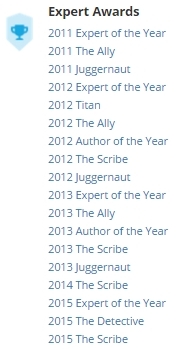As a beekeeper, the beginning of each year brings a mix of excitement and uncertainty. However, 2024 tested my patience and optimism like no other. Back in May through July, my outlook was far from positive. With spring weather patterns working against us, the critical early-season crop seemed doomed. It’s no exaggeration to say that by mid-summer, I was feeling quite pessimistic about the year’s honey crop.
Spring Setbacks: A Beekeeper’s Challenge
Spring is typically when the hives kick into high gear. The bees emerge, eager to forage on early blooms, and begin building reserves that set the foundation for the rest of the year. But 2024 had different plans. The season’s unusually poor weather disrupted the natural cycle – what should have been a time of abundance turned out to be a near-washout. With fewer foraging opportunities and continued unpredictability in the climate, the colonies faced one challenge after another, putting both the bees and myself on high alert.
To add to this challenge, the spring crop didn’t just underperform; it was, frankly, a disaster. Hive after hive struggled to produce the usual bounty, and despite my best efforts to mitigate losses with supplemental feeding, the lack of natural forage meant the colonies could only do so much.
Turning the Tide: A Summer Comeback
Around mid-summer, just when I thought we might be on track for one of the leanest seasons I’d ever had, the tides began to turn. The weather started to stabilize, and a late surge in blooming forage plants provided a second wind. Watching the bees set out on these fresh foraging runs was a welcome sight, and I noticed a significant improvement in hive activity.
By late July, my pessimism began to soften. The bees’ tenacity had paid off, and we started seeing the hives gradually replenish themselves. While the honey flow wasn’t as fast or plentiful as in previous years, the resilience of the colonies brought in a decent summer crop. With careful management and a bit of luck, I found myself – despite my early doubts – with honey stores that could just meet demand.
The Harvest: Warming Cabinets and the Big Clean-Up
Now, with the final supers – or “honey boxes” – extracted and the honey filtered, they’re stacked neatly in the honey warming cabinets, ready for jarring. But before the first jar can even be labeled, there’s a massive clean-up ahead. If you’ve never experienced it, imagine honey practically everywhere – likely even in my ears! Every surface in the processing area needs a thorough washdown, and then each sticky super needs to be wrapped, racked, and palletized for safe storage until next season.
With the last of the honey tucked away, the work continues with inventory checks and restocking in the bee shed. Final orders are placed with distributors for fresh frames and wax foundations, and I get down to building frames for the next season. And if time allows, I’ll even try my hand at some candle making from the leftover beeswax – a favorite winter project.
Reflections on Beekeeping’s Ups and Downs
Looking back on the 2024 season, I’m reminded of the resilience and adaptability beekeeping demands. Despite the disappointment of a failed spring crop, this honey season taught me to trust in the bees’ ability to bounce back and adapt to changing conditions. Beekeeping is as much about partnership with nature as it is about hard work and preparation.
So, as I prepare to winterize the hives and reflect on the season, I do so with gratitude – both for the bees’ resilience and the loyal customers who support this journey, year after year. It was a season of twists and turns, but ultimately, one that ended on a much sweeter note than I could have predicted back in those challenging spring months.




































![Validate my RSS feed [Valid RSS]](http://andysworld.org.uk/images/valid-rss.png)